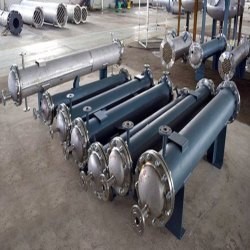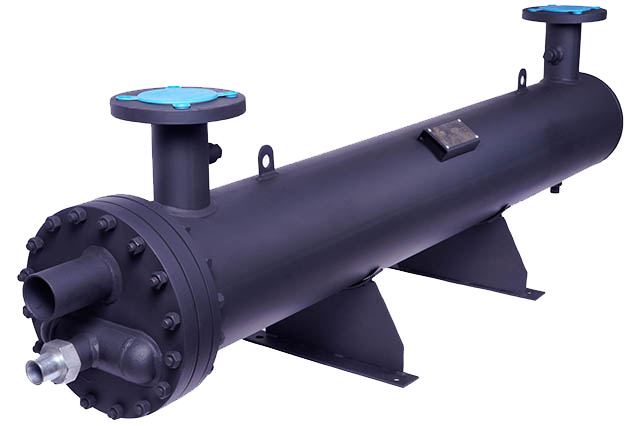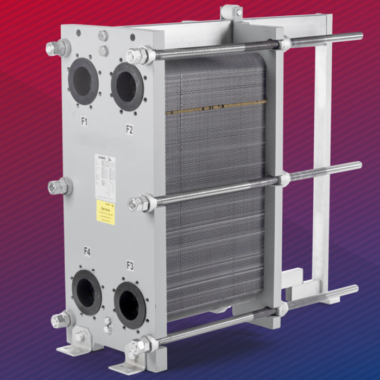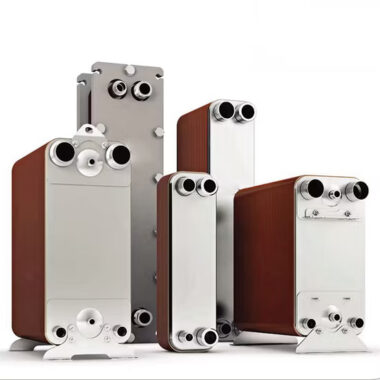The History of Heat Exchangers
The History of Heat Exchangers
The history of heat exchangers may be a fascinating travel that ranges centuries, checked by imaginative developments and technological headways. Here’s the history of heat exchangers and an overview of their evolution :
1. Ancient Beginnings:
The concept of heat exchange can be followed back to old civilizations, where simple strategies were utilized to transfer heat for different purposes. Ancient Greeks and Romans utilized basic devices like clay pipes and water channels to exchange heat in showers and heating systems.
2. Industrial Revolution:
The Industrial Revolution brought significant progressions in heat exchanger innovation. Within the 19th century, the development of steam motors and boilers fueled the request for proficient heat transfer systems. Shell and tube heat exchangers risen as a common plan, including different tubes bundled inside a cylindrical shell to encourage heat exchange between liquids.
3. 20th Century Innovations:
The early 20th century seen assist progressions in heat exchanger plan and manufacturing forms. Plate heat exchangers gained notoriety for their compact measure, efficiency, and versatility in different industrial applications. Developments in materials, such as the utilize of stainless steel and aluminum, improved heat exchanger execution and durability.
4. World Wars and Industrial Applications:
The requests of World War I and World War II quickened the advancement of heat exchanger innovation, especially in military and industrial applications. Heat exchangers played basic parts in cooling engines, refining petroleum, and preparing chemicals, contributing to wartime efforts and post-war industrial growth.
5. Aerospace and Nuclear Applications:
Within the mid-20th century, advancements in aerospace and nuclear industries drove encourage advancement in heat exchanger innovation. Compact and lightweight heat exchangers were created for utilize in aircraft engines, spacecraft, and nuclear reactors, where effective heat transfer is basic for safety and performance.
6. Modern Era:
The last mentioned half of the 20th century and past seen proceeded advancements in heat exchanger plan, materials, and manufacturing techniques. Compact heat exchangers, microchannel heat exchangers, and specialized designs for particular applications have ended up progressively prevalent, catering to different industries such as automotive, HVAC, and renewable energy.
7. Sustainability and Energy Efficiency:
Within the 21st century, there’s a developing emphasis on maintainability and energy efficiency, driving the improvement of heat exchangers with upgraded performance and environmental compatibility. Heat recovery systems, squander heat utilization, and renewable energy applications are key ranges of center, aligning heat exchanger innovation with the global push towards supportability.
The history of heat exchangers reflects a persistent travel of innovation, driven by the quest for productive heat transfer arrangements to meet the advancing needs of society and industry. From antiquated beginnings to modern-day applications, heat exchangers stay indispensable components in a wide extend of industrial processes, forming the world we live in today.







Explain the Fundamental Concept of Heat Exchangers - Cool Fab Equipments June 29, 2024 at 9:38 pm
[…] processes, heating and cooling systems, and various engineering applications. The primary purpose of a heat exchanger is to efficiently manage thermal energy transfer to achieve desired temperature changes in the […]
Dive deeper into how heat exchangers transfer thermal energy - Cool Fab Equipments July 03, 2024 at 12:03 pm
[…] Heat exchangers are indispensably components in different businesses, outlined to exchange thermal energy between liquids without mixing them. The proficiency and adequacy of this exchange are administered by three essential mechanisms: conduction, convection, and radiation. Let’s explore these instruments and how they operate inside distinctive types of heat exchangers. […]
Illustrate the role of fluid flow and surface area in heat exchangers - Cool Fab Equipments July 08, 2024 at 8:55 pm
[…] Heat exchangers are devices outlined to effectively transfer heat from one fluid to another. They are broadly utilized in different businesses, counting control era, refrigeration, air conditioning, and chemical preparing. Two basic components affecting the execution of heat exchangers are fluid stream and surface area. Illustrate the role of fluid flow and surface area in heat exchangers : Let’s dig into their parts and how they influence heat exchange effectiveness. […]